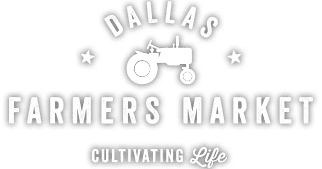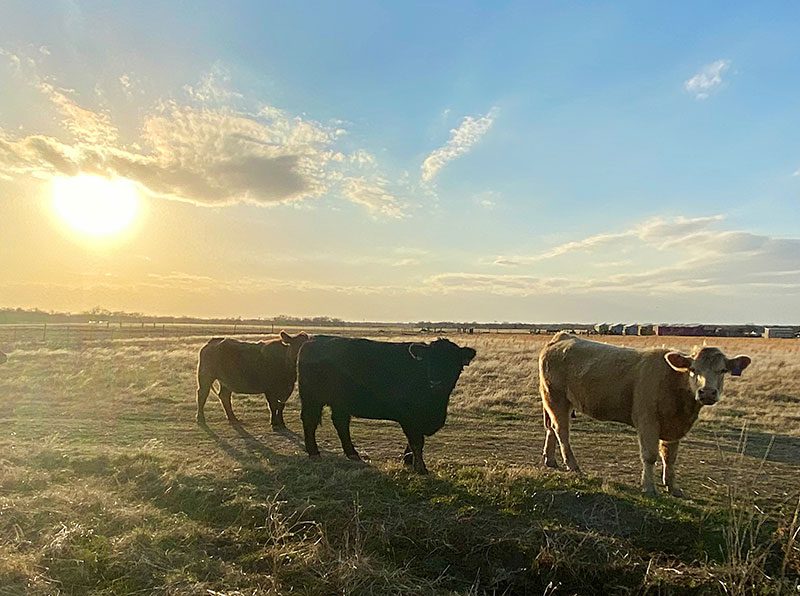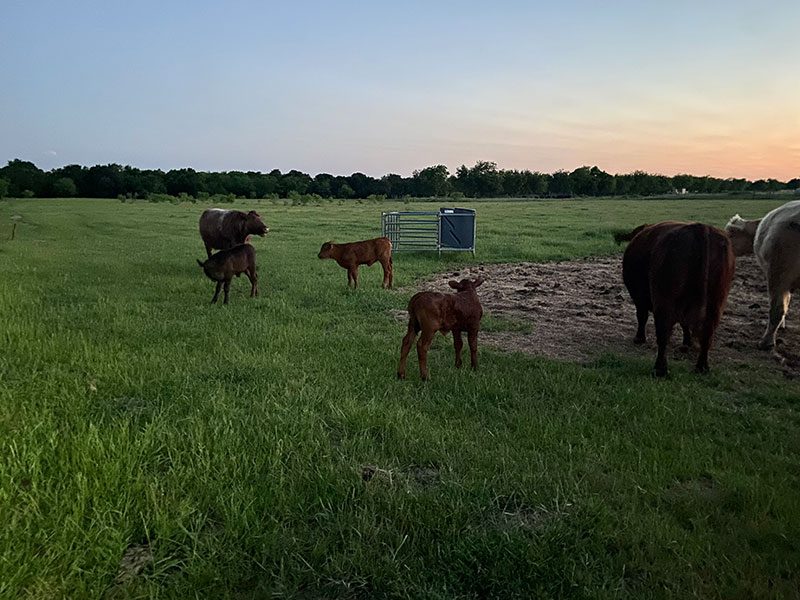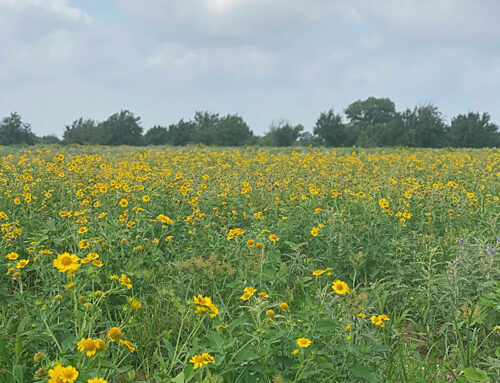Farmers and ranchers know that rolling with the plans of nature is just par for the course. But this year it seems that nature is going to need some coaxing to yield a fruitful harvest. Farmers at the Dallas Farmers Market are certainly not throwing in the towel, but harvests are thin compared to previous seasons. Many farmers are faced with the choice of losing one crop for the sake of another by turning off irrigation to one field and doubling efforts in others. Even small urban farms are facing challenges and getting creative to overcome them.
Jefferson of Braga Farms lets us get an inside look at the way his farm has pivoted with the weather:
“Our farm is a little different than most, as we’re just 1 acre right here in the S. Irving suburbs. We grow on an intense micro-level and also have the flexibility to scale production up and down at a pretty controlled level, depending on how much time from the homesteaders have available to pivot towards a garden scale. Leading into summer, we have needed to not till the ground as much, so that the biomass stays alive and doesn’t get burned out both from the heat as well as from the soil amendments. Because of the lack of rain earlier, we’ve had to supplement with more compost teas and amendments than usual, which at times led to beds burning out. The shade cloths had to be put up sooner and we’re watering from our well 2 or 3 times a day. But since it didn’t rain for a month of our late Spring, we’ve just gradually seen bed size dwindling.
As we consider other years, however, we have always had a month or a few weeks low in summer that allowed us to catch up on operational tasks and lead us into Fall such as weeding, pond and pathway rework, repairs and maintenance, classes, etc. Seeding and bed prep into Fall will probably be a little delayed but we hope to have three varieties of kales, a couple collards, a red ruby swiss chard, arugula, 3 varieties of lettuce, radishes, beets, and carrots. Suffice it to say there are no complaints as I’ve been able to join a great Microsoft partner to continue to build our farm’s online presence and improve customer’s experience at the Dallas Farmers Market. I’ve also spent time helping friends turn their urban homes into homesteads, and continued to press on ahead with growing in the Texas Heat!
– Happy Growing, Farmer Braga”
Paring back is a difficult choice, not matter the size of your farm. Large and small farmers are making changes to their operations, but ranchers are also impacted by the lack of rain and heat. Livestock require plenty of fresh water and forage to experience healthy lives as they do on the free-range ranches you’ll find at the Dallas Farmers Market. Dry, hot conditions mean that forage is less abundant and supplemental feed such as hay may be needed until grasses begin to revive in the fall rains. Angela of 413 Farms shares her take on the added pressures of the drought conditions, “In most years, we don’t need to bring in hay until November. Hay bales are usually about $35 each but this year the price is up to $50 a bale.” This added cost starting earlier in the year makes a big impact on a small farm operation. “That’s an extra $500 a month that we’re hoping not to spend.” While 413 Farms is located in Adair, OK where rain may be expected in the next week, our North Texas farmers and ranchers will need even more perseverance as they wait for rain.
Jenni of Hendrix Family Farm in Campbell, TX shares a similar sentiment toward the weather conditions:
“The heat and drought has definitely affected our animals and pastures. With our pastures we should be cutting and baling hay fields to be stored until the cold weather and the dormant grass season. Instead we have been buying hay, and using our hay pasture for grazing due to poor grass because of hot and dry weather. State wide the supply of hay is lower and the price is higher. This price increase, along with increased feed and fuel costs is causing many farms near us to sell part of their herd, to ensure they can feed their animals properly. We are fortunate, that we have not had to sell off any of our herd at this time. But we know that may be necessary at some point.
We always ensure our livestock have access to plenty of shade and water, but it is critical at this point. With the lack of rain, ponds are drying up. Which ponds not only provide a place to get a drink for cattle, they also are a cooling spot. We are fortune that even though our ponds are low, they have not dried up. Also we have put fans in our barns to help cool our cattle and chickens.”
Thankfully, the sustainable practices of many free-range farms means that they are better able to recover from drought years. The deep roots of healthy grass systems can survive the heat and protect the soil from erosion. After a rainy fall, free-range ranchers can anticipate improvements in their land and some relief from the environmental pressures. 413 Farms, Hendrix Family Farm, and Braga Farms each stand to benefit from their wise use of resources and commitment to sustainable practices, even when nature creates less than favorable conditions for them.
Thank you our farmers, ranchers, and customers for your continued support of local agriculture and creating a healthier, more sustainable lifestyle for all of North Texas!
Pictured: (1) 2022 Field of Hendrix Family Farm (2) Hendrix Family Farm Previous Years (same time of year)







